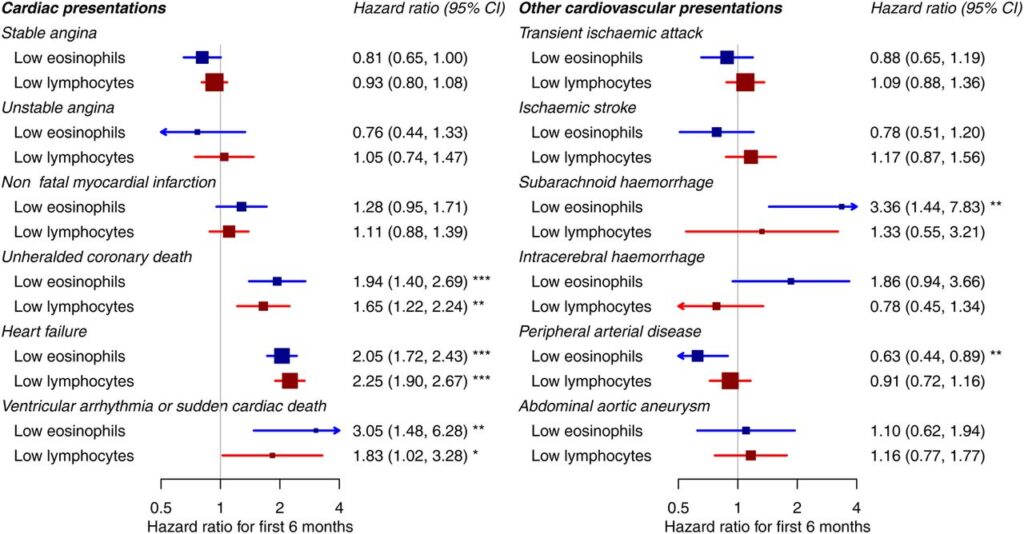Low white blood cell count, often referred to as neutropenia in medical terms, is a condition that affects the body’s ability to fight infections. Neutrophils, a type of white blood cell, play a critical role in defending the body against harmful bacteria and viruses. When their levels drop below normal, the risk of infections increases significantly. Understanding this condition, its causes, symptoms, and proper care is essential for maintaining overall health.

What Is Low White Blood Cell Count?
White blood cells are an integral part of the immune system. They act as the body’s defense mechanism by attacking and neutralizing foreign invaders like bacteria, viruses, and other pathogens. Among the different types of white blood cells, neutrophils make up the majority and are particularly important for fighting bacterial and fungal infections. A low white blood cell count occurs when there are fewer neutrophils than the body needs to function optimally.
The normal range for neutrophils varies depending on age and individual health conditions. In general, adults should have between 2,500 and 7,000 neutrophils per microliter of blood. If the count falls below 1,500, it is considered low, and if it drops below 500, the risk of severe infections becomes very high.
Causes of Low White Blood Cell Count
There are numerous reasons why someone might develop a low white blood cell count. These causes can be broadly categorized into three groups: medical conditions, medications, and lifestyle factors.
Medical Conditions
- Bone Marrow Disorders: The bone marrow is responsible for producing white blood cells. Conditions such as leukemia, aplastic anemia, and myelodysplastic syndromes can interfere with this process, leading to reduced neutrophil production.
- Infections: Certain viral infections, including hepatitis, HIV, and tuberculosis, can suppress the production of white blood cells or destroy them prematurely.
- Autoimmune Diseases: In autoimmune disorders like lupus or rheumatoid arthritis, the immune system mistakenly attacks its own cells, including neutrophils.
- Nutritional Deficiencies: Deficiencies in key nutrients such as vitamin B12, folate, or copper can impair the production of white blood cells.
Medications
- Chemotherapy: Cancer treatments like chemotherapy target rapidly dividing cells, including those in the bone marrow. This often results in a temporary reduction in white blood cell counts.
- Antibiotics and Anticonvulsants: Some medications used to treat infections or seizures can suppress bone marrow activity, leading to lower neutrophil levels.
- Immunosuppressants: These drugs, often prescribed after organ transplants, can reduce the body’s ability to produce white blood cells.
Lifestyle Factors
- Excessive Alcohol Consumption: Chronic alcohol use can damage the bone marrow and interfere with the production of white blood cells.
- Stress and Overexertion: Prolonged physical or emotional stress can weaken the immune system and lead to a temporary decline in white blood cell counts.
Symptoms of Low White Blood Cell Count
A low white blood cell count itself may not cause noticeable symptoms. However, the increased susceptibility to infections can manifest in various ways. Recognizing these signs early is crucial for seeking timely medical attention.
Common Signs of Infection
- Frequent or recurrent infections, such as sinus infections, urinary tract infections, or pneumonia
- Fever, chills, or night sweats
- Sore throat or mouth ulcers
- Redness, swelling, or warmth around wounds or cuts
- Unexplained fatigue or weakness
Other Symptoms
In addition to infections, individuals with a low white blood cell count may experience:
- Unexplained weight loss
- Swollen lymph nodes
- Bruising or bleeding easily
- Persistent cough or shortness of breath
Diagnosis and Monitoring
If a low white blood cell count is suspected, healthcare providers will typically order a complete blood count test. This test measures the levels of various types of blood cells, including neutrophils. Additional tests may be required to identify the underlying cause of the condition.
Blood Tests
- A complete blood count provides a snapshot of the overall health of the blood, including white blood cell levels.
- Bone marrow biopsy may be performed to examine the bone marrow’s structure and function.
Imaging and Other Tests
- X-rays, CT scans, or MRIs may help identify infections or abnormalities in the body.
- Vitamin and nutrient level tests can determine if deficiencies are contributing to the problem.
Care and Management
Managing a low white blood cell count involves addressing the underlying cause, preventing infections, and supporting the immune system. Treatment plans are tailored to each individual’s specific needs and circumstances.
Treating Underlying Conditions
- If a medical condition such as an autoimmune disorder or infection is causing the low count, treating that condition is the first step.
- For bone marrow disorders, treatments may include medications, blood transfusions, or even bone marrow transplants.
Preventing Infections
- Practice good hygiene, such as regular handwashing, to reduce exposure to germs.
- Avoid crowded places and close contact with sick individuals.
- Ensure vaccinations are up to date, but consult a doctor before receiving live vaccines.
- Use protective measures like wearing masks in high-risk environments.
Supporting the Immune System
- Eat a balanced diet rich in fruits, vegetables, lean proteins, and whole grains to provide essential nutrients.
- Stay hydrated by drinking plenty of water throughout the day.
- Get adequate rest and manage stress through relaxation techniques like meditation or yoga.
- Exercise regularly, but avoid overexertion, which can strain the immune system.
Medications and Supplements
- Doctors may prescribe medications like growth factors to stimulate the production of white blood cells.
- Supplements such as vitamin B12, folate, or zinc may be recommended if deficiencies are detected.
When to Seek Medical Attention
Individuals with a low white blood cell count should seek immediate medical attention if they experience any of the following:
- High fever or chills
- Severe fatigue or confusion
- Difficulty breathing or chest pain
- Signs of infection, such as redness, swelling, or pus at a wound site
Regular follow-ups with healthcare providers are also essential to monitor progress and adjust treatment plans as needed.





